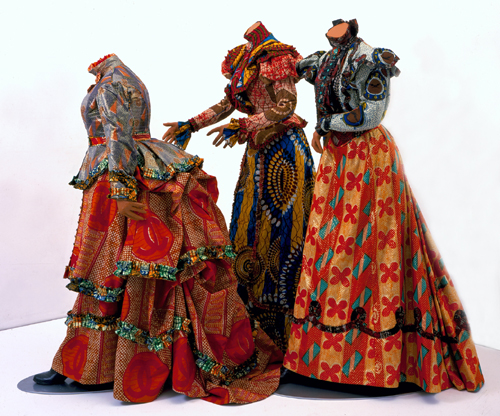The Concise Dictionary of Dress
/Pretentious 4, photo by Julian Abrams.
The exhibition "The Concise History of Dress" recently opened at the Blythe House—the V&A repository for their reserve collections of furniture, textiles, dress, ceramics, jewellery and fine arts. Commissioned by Artangel, the exhibition is curated by fashion curator Judith Clark and the psychoanalyst Adam Phillips.
The exhibition consists of an hour long tour through the building and re-describes clothing in terms of anxiety, wish and desire, as a series of definitions created by Phillips and accompanying installations designed and assembled by Clark:
"Phillips’ definitions for words commonly associated with fashion and appearance – such as armoured, conformist, essential, provocative – were paired with eleven installations created by Clark on a walk through this vast building, from its rooftop to an underground coal bunker. "
We have yet to visit the exhibition, but it does sound both evocative and innovative in its curatorial and display choices, so it's certainly not to be missed. It is also accompanied by a book, with photographs by Norbert Schoerner.
Conformist-3. Both Images: The Concise Dictionary of Dress Judith Clark and Adam Phillips. Commissioned and produced by Artangel in collaboration with the Victoria and Albert Museum. Photo: Julian Abrams.
















